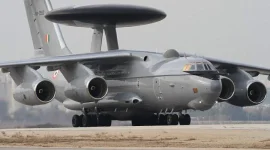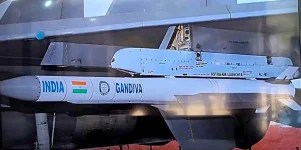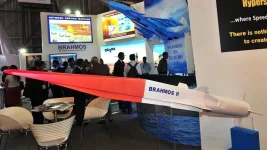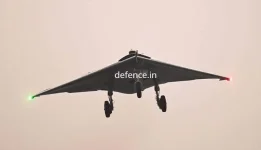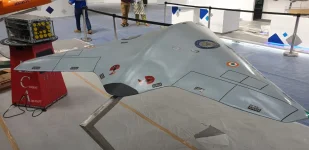- Views: 2K
- Replies: 19
India's Defence Research and Development Organisation (DRDO) is undertaking a significant technological challenge by adapting its Pralay surface-to-surface ballistic missile to be launched from an aircraft.
This ambitious project aims to integrate the five-ton, nine-meter-long missile with fighter jets like the Indian Air Force's Su-30 MKI, a move intended to greatly enhance the nation's tactical strike capabilities.
If successful, India would join an exclusive group of nations with the ability to deploy air-launched ballistic missiles, a far more complex task than integrating air-launched cruise missiles like the BrahMos.
The Pralay is a solid-fuel, quasi-ballistic missile, meaning it can change its trajectory mid-flight to evade enemy defence systems, making it extremely difficult to intercept.
It is designed for high-speed, precision strikes on key targets between 150 and 400 kilometres away and can carry a payload of 500 to 1,000 kg.
By developing an air-launched version, the DRDO seeks to provide the armed forces with a more flexible and unpredictable weapon that can be deployed from various locations with greater range and surprise.
However, adapting the Pralay for air launch presents substantial engineering obstacles, primarily due to its size and weight. At approximately five tons, the missile is twice as heavy as the 2.5-ton BrahMos-A, the heaviest missile currently integrated with the Su-30 MKI.
This weight difference requires a significant reduction in the Pralay's mass, likely through the use of advanced lightweight composite materials and a redesign of its internal systems.
Furthermore, its length of over nine meters poses integration challenges, potentially affecting the aircraft's aerodynamics and requiring modifications to the missile's body to ensure it fits safely on the jet's hardpoints.
Beyond the physical dimensions, ensuring a safe and stable launch is a critical hurdle. Unlike a cruise missile that uses its engine and wings immediately after release, a ballistic missile like Pralay enters a brief free-fall before its powerful rocket motor ignites.
The DRDO must engineer a flawless separation sequence to prevent the missile from tumbling or damaging the aircraft. This involves precisely managing the missile's centre of gravity and developing advanced control systems to stabilize it during its transition to hypersonic flight, which reaches speeds over Mach 5.
To accommodate such a formidable weapon, the Su-30 MKI aircraft itself will require extensive modifications. The jet's airframe, particularly the weapon mounting points, will need to be structurally reinforced to handle the heavier load.
The aircraft's software and avionics systems must also be upgraded to communicate with the Pralay, ensuring the pilot can launch it effectively. These changes must be carefully balanced to minimize any negative impact on the aircraft's own range and maneuverability during missions.
The development of an Air-Launched Ballistic Missile (ALBM) is a capability very few countries have mastered.
Russia's Kinzhal system is one of the few operational examples, while a similar American program, the AGM-183 ARRW, was reportedly cancelled after mixed test results. India's pursuit of this technology highlights its strategic ambitions.
The DRDO has indicated that crucial flight tests, including drop trials and mid-air engine ignition, are planned between 2028 and 2029. The success of these trials will determine the future of this powerful addition to India's defence arsenal.

